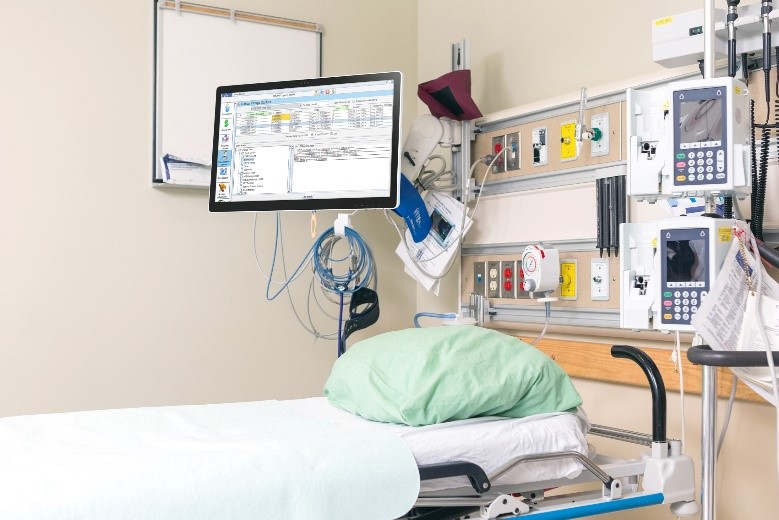Medical professionals need medical technology that is fast and efficient and works around the clock as they do. Medical tablets are durable, long-lasting, and integrate the latest technology with a built-in anti-microbial feature that aids the efforts of infection control. The environments in which medical tablets operate in are complex and demanding. Medical professionals work in a fast-paced setting that requires accuracy to move quickly and mobility to move easily from room to room, thus needing technology that enhances the patient experience and the roles and responsibilities for healthcare professionals.
Medical tablets reduce the risk of spreading bacteria and infections within the medical facility, as they are manufactured with an antimicrobial enclosure. This built-in feature kills microorganisms and stops the growth of bacteria and viruses, as well as stops the spread of other types of infections and diseases. The surfaces of regular tablets can be germ magnets, whereas a purpose-built tablet for healthcare professionals takes infection control head-on by addressing the issue before it is an issue.
A regular tablet will cost on average four to five hundred dollars per tablet; however, they are not built to withstand the environment of a hospital. When a healthcare establishment is considering investing in technology built for the ecosystem of a medical facility, it is important to consider the Total Cost of Ownership to include maintenance costs, repair costs, and tech support needs. It is also important to understand both the upfront costs and the long-term costs of investing in that technology.
Regular tablets are not built to withstand vibration, nor can they be splashed with water or survive a spill. Their hard drives can easily be spoiled by particles in the air such as dust. The point of failure means that a moving part is more susceptible to breaking down. In solid-state devices such as a medical tablet where everything is integrated into the tablet, the rate of failure is greatly reduced.
Investing in technology that is built to withstand the conditions of the environment reduces the need for maintenance and repairs, and is durable enough to endure vibration, spills, and particles in the air, thus extending the useful operating life and reducing the need to replace computing solutions. Medical tablets for healthcare professionals are a great technology advancement because they minimize the long-term costs, increase the length of time the tablet will be used, and reduce additional costs to repair broken parts.
If your facility is considering upgrading its technology, consider all costs involved in the total ownership of the tablet not just the upfront costs in order to ensure the right investment is made that will meet the long-term demands while reducing the need for repairs and maintenance.


